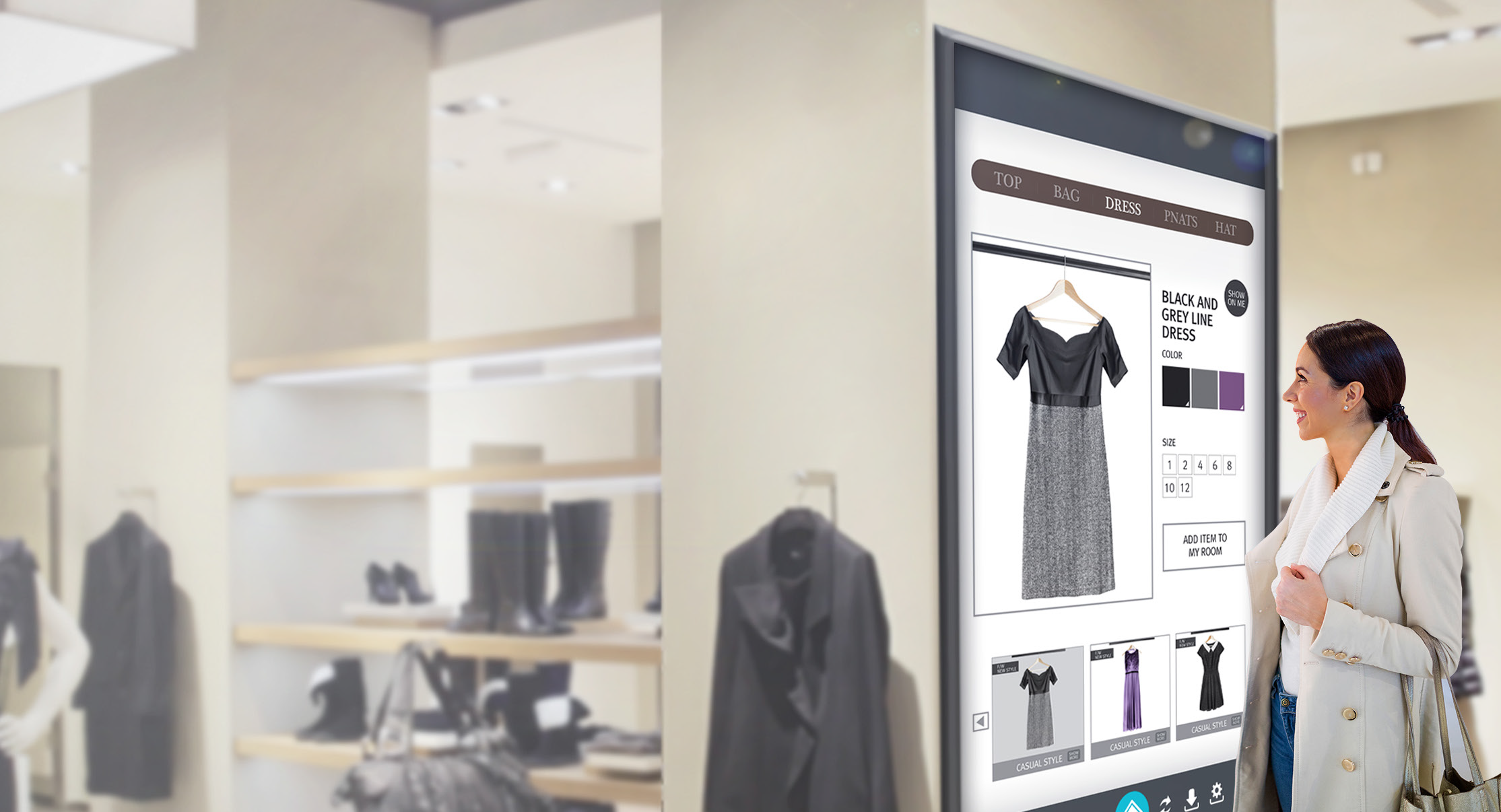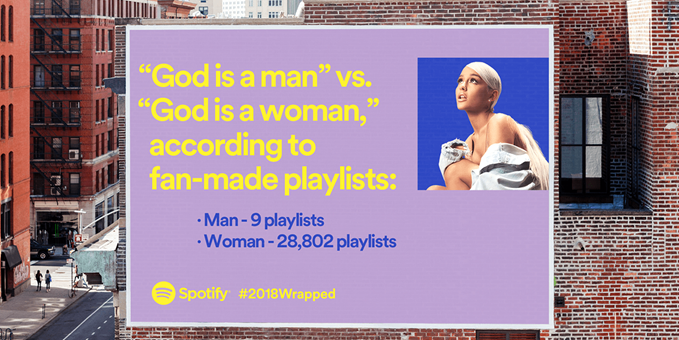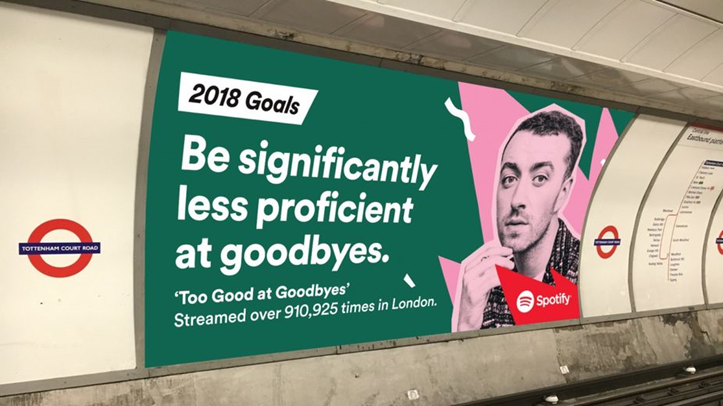
The landscape of marketing is ever-changing and we’re all along for the ride. One area in particular that is receiving a great deal of attention is Out of Home Advertising. Why? Well, for one, it works. And, more importantly, it has the potential to work even better. A perfect compliment to other advertising activities, out-of-home marketing (OOH) has proven to be the traditional media marketing form that delivers maximum impact with high efficiency and ROI. Hard to believe? We’ll prove it to you.
For a bit of background, out-of-home advertising is a mature and trusted vehicle that has been employed by people and organizations for many years...some might even say millennia. In truth, outdoor signage as we know it coincides with the onset of the industrial revolution. Over the next few decades, as production and competition rose through the roaring twenties, depression era, and the 1940s, out-of-home experienced a remarkable coming of age. With the 1950s and 1960s, the so-called golden era of advertising, a housing boom and growth of America’s car culture expanded the reach of roadside billboards. Simultaneously, the discipline of marketing evolved as other mediums emerged, first radio, and then television and, of course the World Wide Web.
These days, marketing only just barely resembles the ‘Mad Men’ ideal. With technology at the core of many marketing strategies, data and insights have replaced ‘gut instinct’ driven campaigns. Today, the best marketing campaigns are unexpected, user focused, and authentic. While out-of-home continues to be an integral part of today’s marketing campaigns, the intelligence and analytics we see in newer forms of marketing (from TV and radio to online and mobile) simply did not make their way into the OOH space for a long time.
This is no longer the case. Digital out-of-home (DOOH) advertising has begun to enjoy impressive growth and offer marketing teams ways to engage with customers that were previously out of reach. By combining the power of big data, artificial intelligence, and smart devices with traditional OOH advertising techniques, DOOH is uniquely capable of creating an immersive and optimized approach to marketing.
It is rapidly expanding to enable organizations to provide consumers with highly immersive and engaging ad content outside of the home. DOOH now presents new possibilities in the OOH space, - opening doors for brands to engage consumers with dynamic, customizable, and immersive content. As with any emerging technology, there are a number of challenges facing the DOOH space that the industry must address to enable the full potential of this powerful advertising medium. In this piece, we’ll review the benefits of OOH, the value-add digitization brings to the table, challenges facing the industry, and where the industry is headed. Full disclosure: our final destination will be programmatic.
The need for out-of-home advertising
Marketing is never a question of “if”; it is a question of “how”. When it comes to out of home, there’s no doubt in our minds; when paired with the right creative and exposed to the right audiences, out of home delivers incredible impact. Just ask Spotify. Despite being a service that exists entirely online and in mobile, the streaming giant has benefitted from wildly successful data-driven annual year-end OOH campaigns with 2016 being the year of weird, 2017 focusing on goals, and wrapping up 2018 with a focus on user creativity (i.e. the wacky, out-there, revealing names users have developed for playlists and podcasts).
Commenting on the creative direction for the campaigns, CMO Seth Harman notes, “The ads work so well because music is such an emotional experience, and data about our listening habits, on the macro level, taps into our collective mood. (Adweek, 2017)” Spotify’s global head of Marketing June Sauvaget also says, “Our users have come to expect the year-end ‘Wrapped’ campaign year after year and are eager to see how their interactions on Spotify connect to what is happening across the global Spotify community…it serves as a large-scale thank you to our listeners for their collective impact in shaping the platform throughout the year while further solidifying our place in the global cultural lexicon. (Adweek, 2018)”


Unfortunately, with the variety of digitally-enabled marketing methods available today, out of home (OOH) marketing is often overlooked and it’s ROI understated. However, the numbers show that this oversight is a mistake. At the end of 2018, out-of-home marketing was the only traditional media channel projected to post organic net revenue growth, with a 21.9% expected increase for the year (Source: Magna Global). Further, it also boasts an impressive ROI with $1 dollar spent in OOH advertising resulting in $5.97 in sales (Source: OAAA).
What makes out-of-home advertising effective?
While those numbers are encouraging, and certainly demonstrate that many businesses are benefitting from OOH, experienced marketing professionals know that , with advertising media, “your mileage may vary”.
Speaking of mileage, perhaps the best way to intuitively grasp the effectiveness of OOH advertising is to look at its impact on mobile audiences. From public subways and city streets to small town thruways, advertisers have often found success capturing attention from those ‘on-the-go’. “According to Census reports, more than 50 percent of New York City commuters used public transportation on a regular basis. With such a captive audience, the New York City subway system is an ideal location for brands to maximize the reach and recall of their key ad campaigns. “Brands like Casper and Seamless have become household names by sharing their brand stories with subway riders…Smart brands like Spotify, StreetEasy and WeWork leverage consumers’ predictable travel paths, frequency and time spent, and in-the-moment-in-time mentality to drive app usage, sales and site visits (Notte, 2017).”
For another example, think back to your last road trip. Where did you stop to eat? Chances are good that, despite the fact that you could have preplanned your meals or found something with Google Maps, your decision was influenced by a billboard that read “Turn Right at the next exit for {some fast food restaurant}”.
Finally, let’s recall an example from [relatively] recent media. The award-winning movie Three Billboards outside Webbing Missouri brought the out-of-home industry to the forefront. Watching the film, we explore important social issues and experience the captivating effect three simple, text-only billboards had on a small-town in the American Midwest. While anecdotal, these simple
examples lay the groundwork for truly grasping the benefits of out-of-home advertising:
• High visibility & broad reach in a given geographic area
• Low CPM (Cost Per Mile) coupled with effective CTAs (call to action)
• Can’t be blocked by ad blockers or similar tech
Traditionally, out-of-home advertising lacked the ability for marketers to understand the effect their campaigns had at a granular level or personalize campaigns to appeal to a specific consumer or group. By nature, billboards and signs have broad reach but also paint with broad strokes. There is no ability to adapt until the sign is replaced, and the only data available on effectiveness is the sales data for the given market. This is where the digital component adds value.

Romulus is a seasoned advertising and marketing executive with nearly two decades of experience in domestic and international business strategy and execution, development, strategic partnerships and smart analytics for audience measurement, mobile and digital media innovation in OOH advertising. At Samsung SDS, Romulus leads DOOH Marketing Solutions and is responsible for product management, market positioning and strategy for digital out of home advertising in the US and Canada.
- 2025 Key ESG Issues Through Global Trends: Insights from COP29, CES 2025, and WEF 2025
- Four Big IT Transformations for Enterprise Agility
- An Agile Approach, the Core of Corporate DT for Working Culture Innovation
- Digital ESG, a Critical Success Factor for ESG
- Conversational AI War Begins. Who Will Be the Winner?
- What Is Matter, the New Smart Home Standard?
